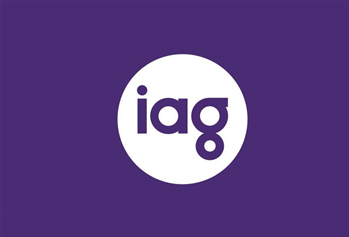Microsoft is looking to upskill 5000 Australian public service workers with cloud computing skills by 2020 through an education initiative, as it looks to address a growing skill shortage.
The vendor will be running the subsidised nine-module program across Sydney, Melbourne, Canberra, Perth, Brisbane and Adelaide together with training partners DDLS, New Horizons and Advanced Training.
The program is also backed by Microsoft’s investment in its Azure cloud services in Australia, particularly with a recent partnership with Canberra Data Centres to host two Azure data centres in the ACT tailor-made for mission-critical government workloads and national critical infrastructure.
“Microsoft’s investment in skills, in start-ups, in our nation’s digital infrastructure, and in our 11,000-strong partner ecosystem reinforce our very deep commitment to the success of Australia and its citizens,” Microsoft Australia managing director Steven Worrall said.
“This training promises organisational agility, better delivery of services and faster insights from government data, which will help transform the Australian public sector by providing a better experience for citizens.”
Microsoft is anticipating that some 800 public sector workers will be trained over the next three months as it works towards reaching 5000.
The program is for all skill levels at each stage of the government’s cloud migration initiative, and is designed to work closely with the Australian Government Secure Cloud Strategy.
It will also accommodate workers across the entire public sector ecosystem, including government partners, solutions/systems integrators and independent software vendors.
The courses will accommodate various skills and needs, such as integrating on-premises core infrastructure and operationalising cloud analytics solutions, both with Microsoft Azure.
“It will be an ambitious goal to train 5000 individuals by 2020, but a necessary one,” technology research firm Ovum chief analyst for worldwide government practice Kevin Noonan said.
“As the pressure for change continues to grow, it is simply not enough to address the transformation of our legacy systems, without concurrently addressing the legacy processes and legacy thinking.”




_(11).jpg&h=142&w=230&c=1&s=1)




.jpg&w=100&c=1&s=0)
_(8).jpg&w=100&c=1&s=0)







.jpg&q=95&h=298&w=480&c=1&s=1)


.jpg&q=95&h=298&w=480&c=1&s=1)


